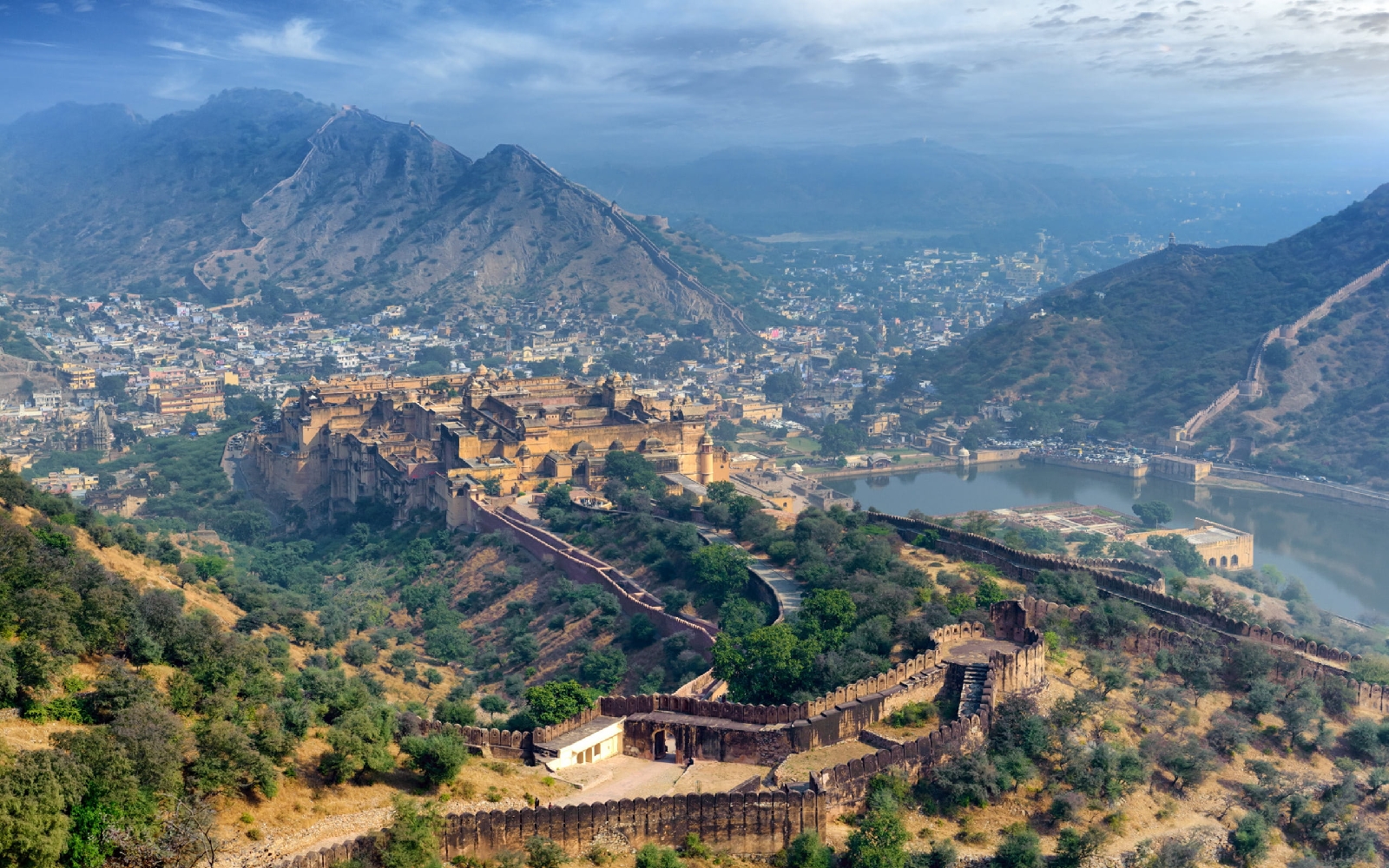A Global Battle: The Ongoing Story of COVID-19
Introduction:
The year 2019 marked the emergence of a novel coronavirus, SARS-CoV-2, which quickly spread across the globe, resulting in a pandemic that has reshaped the world as we know it. From its origins in Wuhan, China, to its devastating impact on every continent, the COVID-19 story has been one of resilience, scientific breakthroughs, and the collective determination of humanity to overcome a formidable adversary. This article aims to provide a comprehensive account of the COVID-19 pandemic from its early days to the present.
Early Outbreak and Global Spread:
In December 2019, reports emerged about a cluster of pneumonia cases in Wuhan, China, caused by a mysterious virus. Scientists identified the pathogen as a novel coronavirus, which was named SARS-CoV-2 due to its genetic similarity to the virus that caused the severe acute respiratory syndrome (SARS) outbreak in 2002. By January 2020, cases were detected outside of China, marking the beginning of the global spread.
As the virus rapidly spread across continents, the World Health Organization (WHO) declared COVID-19 a public health emergency of international concern in late January 2020. Governments worldwide implemented various measures, including travel restrictions, lockdowns, and social distancing guidelines, to curb the virus's transmission.
Humanitarian Crisis and Economic Fallout:
The pandemic's impact extended beyond public health, leading to a severe humanitarian crisis and economic downturn. Healthcare systems faced overwhelming pressure as hospitals became overwhelmed with patients, and the need for medical supplies and equipment skyrocketed. The global economy experienced a significant contraction, with businesses shutting down, unemployment rates soaring, and supply chains disrupted.
Scientific Advancements and Vaccine Development:
The scientific community rallied together to combat the virus, focusing on understanding its characteristics, developing diagnostic tests, and searching for treatments and vaccines. Researchers worldwide collaborated and shared information, leading to remarkable advancements in record time. By the end of 2020, several vaccines had been authorized for emergency use, including those developed by Pfizer-BioNTech, Moderna, and Oxford-AstraZeneca.
Mass Vaccination Campaigns and Variants:
Mass vaccination campaigns were initiated worldwide to protect populations against COVID-19. Initially, vaccines were prioritized for healthcare workers and vulnerable populations. As vaccine supplies increased, eligibility expanded, and millions of doses were administered globally. However, the emergence of new variants, such as the Alpha, Beta, Gamma, and Delta variants, posed challenges to containment efforts. Governments implemented strategies to adapt to the evolving situation, including booster shots and updates to vaccine formulas to address variant-specific concerns.
Ongoing Challenges and Adaptations:
Despite significant progress in vaccine distribution, COVID-19 continues to present challenges. Vaccine hesitancy, limited access in certain regions, and the need for global vaccine equity remain pressing issues. New waves of infections and localized outbreaks have occurred in various parts of the world, leading to renewed restrictions and lockdown measures. Efforts to strike a balance between controlling the virus's spread and mitigating the socio-economic impacts continue to shape public health policies.
The Road to Recovery and the New Normal:
As of today, the world is cautiously navigating the road to recovery. Many countries have achieved significant vaccination rates, allowing for the easing of restrictions and the reopening of economies. However, the path forward remains uncertain, with the possibility of future waves and the need for ongoing vigilance. Lessons learned from the pandemic, such as the importance of preparedness, robust healthcare systems, and international cooperation, will shape future pandemic response strategies and help build a more resilient world.
Conclusion:
The COVID-19 pandemic has tested the resolve and resilience of nations, communities, and individuals worldwide. It has highlighted the interconnectedness of our



Comments
Post a Comment